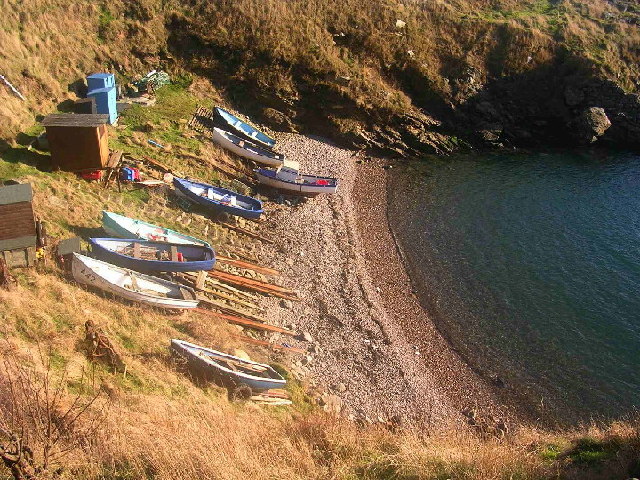|
James Duncan (union Leader)
James Duncan (May 5, 1857 – September 14, 1928) was a Scottish American union leader, and president of the Granite Cutters' International Association from 1895 until his death in 1928. He was an influential member of the American labor movement, helping to co-found the American Federation of Labor. Early life Duncan was born on May 5, 1857,''Who's Who in New England,'' 1915. in Portlethen, Kincardineshire in Scotland. His parents were David and Mary (Forbes) Duncan. His father was a farmer, and David was raised Presbyterian. He attended public elementary school in Aberdeen, then apprenticed as a granite cutter. In 1873, Duncan became a full-fledged granite cutter. His first trade was as a maker of headstones, but he later carved granite statues as well. Duncan married the former Lillian Holman in 1887. The couple had one child.Fink, ''Biographical Dictionary of American Labor,'' 1984. Union career In 1880, Duncan emigrated to the United States and settled in New York City. H ... [...More Info...] [...Related Items...] OR: [Wikipedia] [Google] [Baidu] |
Portlethen
Portlethen (; gd, Port Leathain) is a town located approximately 7 miles south of Aberdeen, Scotland along the A92. The population according to the 2011 census was 7,130 making it the seventh most populous settlement within Aberdeenshire. To the east of Portlethen lie three fishing villages: Findon, Downies and Portlethen Village (now often referred to as ''Old Portlethen''). Although Portlethen has been granted official town status, it resembles a residential suburb without a clear 'town centre' or focal point. Geography Portlethen is a coastal town lying along the North Sea coast. A small island May Craig is situated off shore from Portlethen. Portlethen is located in the historic county of Kincardineshire. History Portlethen was originally a small fishing village. The harbour is located in what is now Old Portlethen, the original village on the coast about a half a mile east from Portlethen Parish Church. Portlethen lies about two kilometres east of the ancient ... [...More Info...] [...Related Items...] OR: [Wikipedia] [Google] [Baidu] |
Headstone
A headstone, tombstone, or gravestone is a stele or marker, usually stone, that is placed over a grave. It is traditional for burials in the Christian, Jewish, and Muslim religions, among others. In most cases, it has the deceased's name, date of birth, and date of death inscribed on it, along with a personal message, or prayer, but may contain pieces of funerary art, especially details in stone relief. In many parts of Europe, insetting a photograph of the deceased in a frame is very common. Use The stele (plural stelae), as it is called in an archaeological context, is one of the oldest forms of funerary art. Originally, a tombstone was the stone lid of a stone coffin, or the coffin itself, and a gravestone was the stone slab that was laid over a grave. Now, all three terms are also used for markers placed at the head of the grave. Some graves in the 18th century also contained footstones to demarcate the foot end of the grave. This sometimes developed into full kerb ... [...More Info...] [...Related Items...] OR: [Wikipedia] [Google] [Baidu] |
New England
New England is a region comprising six states in the Northeastern United States: Connecticut, Maine, Massachusetts, New Hampshire, Rhode Island, and Vermont. It is bordered by the state of New York to the west and by the Canadian provinces of New Brunswick to the northeast and Quebec to the north. The Atlantic Ocean is to the east and southeast, and Long Island Sound is to the southwest. Boston is New England's largest city, as well as the capital of Massachusetts. Greater Boston is the largest metropolitan area, with nearly a third of New England's population; this area includes Worcester, Massachusetts (the second-largest city in New England), Manchester, New Hampshire (the largest city in New Hampshire), and Providence, Rhode Island (the capital of and largest city in Rhode Island). In 1620, the Pilgrims, Puritan Separatists from England, established Plymouth Colony, the second successful English settlement in America, following the Jamestown Settlement in Virginia foun ... [...More Info...] [...Related Items...] OR: [Wikipedia] [Google] [Baidu] |


